Russia's Military Campaign: How Will Warmer Weather Influence Progress?
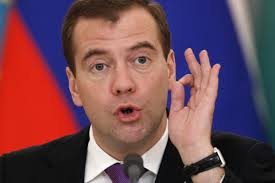
Table of Contents
Impact on Mobility and Logistics
The changing weather will significantly impact the mobility and logistical capabilities of both the Russian and Ukrainian forces.
Improved Road Conditions
The thawing ground will drastically improve road conditions, a critical factor influencing the movement of troops and heavy equipment. This means:
- Increased mobility of tanks and armored vehicles: Heavier military vehicles, previously hampered by frozen ground and mud, will experience greater maneuverability, potentially leading to more rapid advances and counter-offensives.
- Easier resupply of front-line units: Improved road access will facilitate the swift delivery of essential supplies, ammunition, and reinforcements to troops stationed at the front lines, enhancing their operational capacity.
- Potential for faster troop deployments: The ability to move troops and equipment more efficiently will allow for faster responses to developing situations and potentially more aggressive military maneuvers.
River Crossings and Flooding
As the snow melts, river crossings will become more challenging, but also potentially offer tactical advantages. We can expect:
- Increased risk of flooding impacting infrastructure and troop movements: Melting snow and heavy rainfall could lead to significant flooding, damaging bridges, roads, and disrupting supply lines, hindering military operations.
- Potential for tactical advantages in controlling river crossings: Control of key river crossings will become even more crucial, potentially shaping the course of battles and determining territorial gains.
- Difficulties in maintaining supply lines across flooded areas: Flooding will disrupt the delivery of vital resources, potentially leading to shortages and impacting the ability of forces to sustain prolonged operations.
Mud Season Challenges
The infamous "rasputitsa," or mud season, will present unique challenges in certain areas, impacting military movements:
- Reduced maneuverability for heavy vehicles: Heavy military equipment will become bogged down in the mud, significantly limiting maneuverability and potentially creating chokepoints vulnerable to attack.
- Increased logistical difficulties: Moving supplies and reinforcements through muddy terrain will become exceptionally difficult, potentially delaying operations and straining resources.
- Potential for tactical advantages for the defending side: The mud season can offer a significant defensive advantage, slowing down enemy advances and providing opportunities for ambushes and counterattacks.
Influence on Combat Operations
Warmer weather will also significantly influence the conduct of combat operations.
Increased Visibility and Aerial Operations
Improved weather conditions will enhance the effectiveness of air power and intelligence gathering:
- Increased effectiveness of air strikes: Clearer skies will allow for more accurate and effective air strikes, potentially altering the balance of power on the battlefield.
- Improved reconnaissance capabilities: Drones and other aerial surveillance systems will operate more effectively, providing critical intelligence on enemy movements and positions.
- Greater ability for air support of ground forces: Air support for ground troops will become more reliable and timely, enhancing their combat effectiveness.
Impact on Troop Morale and Health
The change in weather will have a noticeable impact on the physical and psychological well-being of soldiers:
- Improved morale due to better living conditions: Warmer temperatures and improved living conditions will likely boost troop morale, reducing the physical and mental strain of winter warfare.
- Reduced risk of frostbite and hypothermia: The reduced risk of cold-related injuries will improve combat effectiveness and reduce the need for specialized medical care.
- Increased risk of heatstroke and exhaustion: Conversely, warmer temperatures can lead to increased risks of heatstroke and exhaustion, requiring adjustments in training and operational procedures.
Changes in Defensive Strategies
Warmer weather may necessitate adjustments to defensive strategies and tactics:
- Potential shift in defensive lines: Changes in terrain accessibility due to thawing ground may prompt shifts in defensive positions to take advantage of new opportunities or to counter potential enemy advances.
- Adaptation to new mobility challenges: Defensive strategies will need to adapt to the increased mobility of both sides, incorporating new tactics to counteract the improved movement of armored units.
- Potential for increased reliance on trenches and fortifications: In areas prone to flooding or mud, a greater reliance on established trench systems and fortifications may be necessary.
Geopolitical Implications
The impact of warmer weather extends beyond the battlefield, influencing the geopolitical landscape.
Accelerated Offensive Capabilities
Improved mobility could accelerate military offensives by either side:
- Increased potential for breakthroughs: The improved movement of troops and equipment could lead to significant breakthroughs in defensive lines, altering the overall strategic situation.
- Opportunities for territorial gains: Both sides may seize opportunities to make territorial gains, potentially escalating the conflict.
- Potential for escalation of the conflict: Increased military success could embolden one side, leading to a potential escalation of the conflict and intensified fighting.
Impact on International Aid and Support
Weather conditions will impact the delivery of humanitarian aid and military support:
- Easier access for humanitarian aid organizations: Improved road conditions will facilitate the delivery of vital humanitarian aid to affected populations.
- Improved efficiency in delivering military supplies: The ability to move supplies more easily will improve the efficiency of military support to both sides of the conflict.
- Potential for increased international pressure: The potential for a more rapid escalation of the conflict could increase international pressure on both sides to find a diplomatic resolution.
Conclusion
The arrival of warmer weather will undoubtedly play a significant role in shaping the progress of Russia's military campaign in Ukraine. The impact on mobility, combat operations, and geopolitical dynamics will be substantial. Improved road conditions will boost the mobility of both sides, while river crossings and the challenges of mud season will create new tactical opportunities and obstacles. The increased visibility will enhance aerial operations, while the change in temperature will affect troop morale and health. Ultimately, the impact of warmer weather on Russia's military campaign in Ukraine requires continued attention. Stay informed about ongoing developments and follow future analyses to understand the conflict's trajectory.

Featured Posts
-
 Boulangerie Normande Un Cadeau Chocolate Pour Le Premier Bebe De L Annee
May 01, 2025
Boulangerie Normande Un Cadeau Chocolate Pour Le Premier Bebe De L Annee
May 01, 2025 -
 Project Muse A Platform For Shared Scholarly Experiences
May 01, 2025
Project Muse A Platform For Shared Scholarly Experiences
May 01, 2025 -
 Fwjy Rdeml Bhart 10 Jngwn Ke Lye Tyar He
May 01, 2025
Fwjy Rdeml Bhart 10 Jngwn Ke Lye Tyar He
May 01, 2025 -
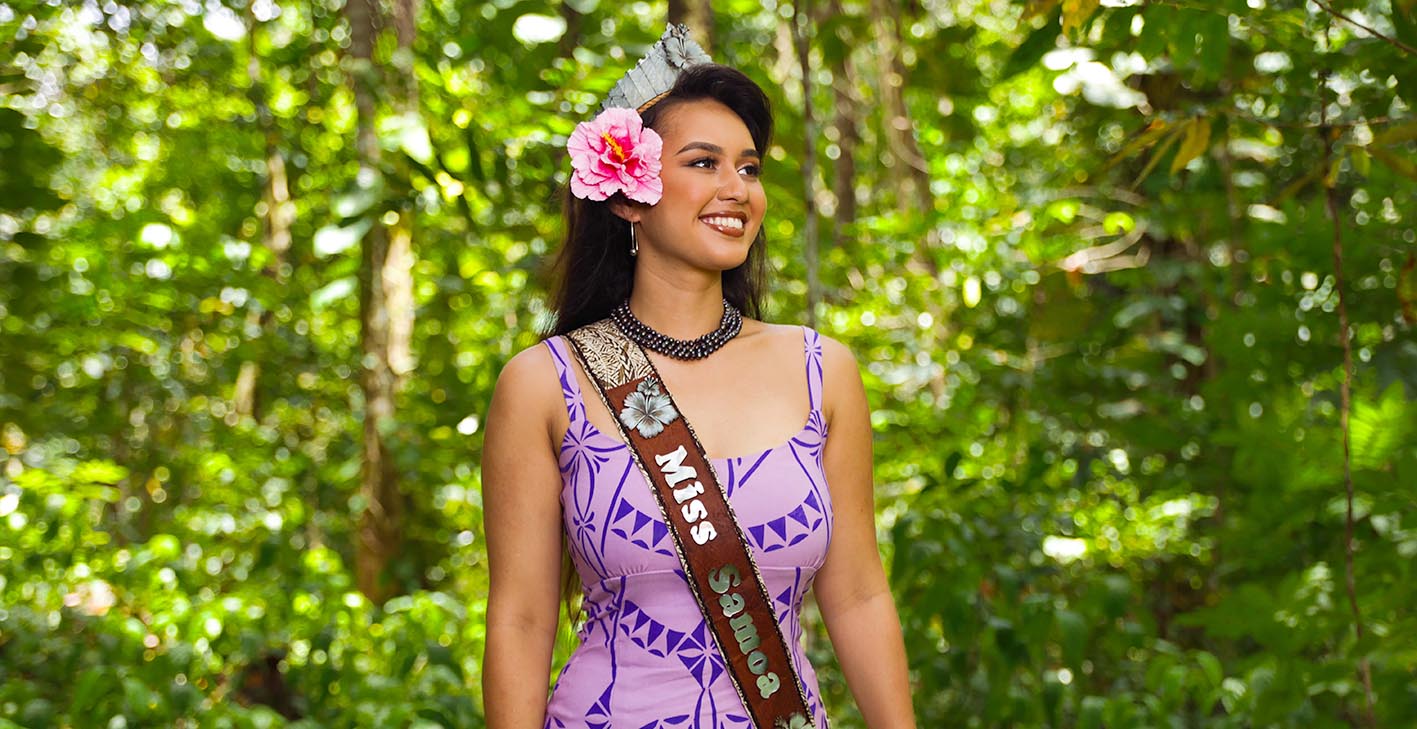 Miss Pacific Islands 2025 A Samoan Win
May 01, 2025
Miss Pacific Islands 2025 A Samoan Win
May 01, 2025 -
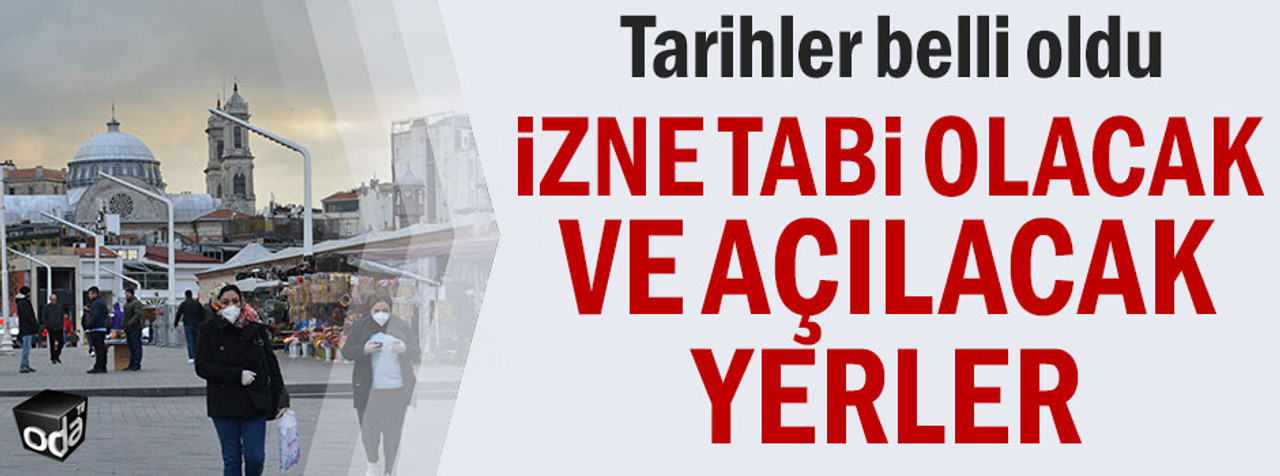 Stuttgart Atff Secmeleri Tarihler Yerler Ve Basvuru Bilgileri
May 01, 2025
Stuttgart Atff Secmeleri Tarihler Yerler Ve Basvuru Bilgileri
May 01, 2025
Latest Posts
-
 Will The Portland Trail Blazers Secure A Play In Spot
May 01, 2025
Will The Portland Trail Blazers Secure A Play In Spot
May 01, 2025 -
 Portland Trail Blazers Play In Tournament Hopefuls Analyzing Their Chances
May 01, 2025
Portland Trail Blazers Play In Tournament Hopefuls Analyzing Their Chances
May 01, 2025 -
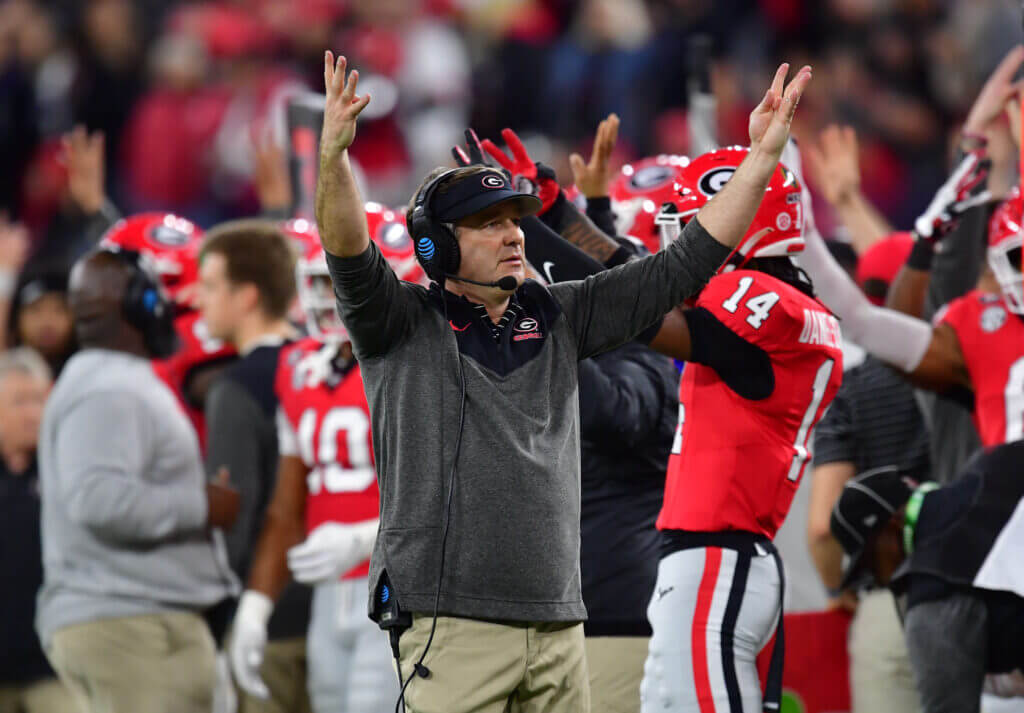 Examining The 2023 2024 Season Game Records For Paul Barnes And Champagnie Spurs
May 01, 2025
Examining The 2023 2024 Season Game Records For Paul Barnes And Champagnie Spurs
May 01, 2025 -
 San Antonio Spurs Chris Paul Harrison Barnes And Julian Champagnies Game Attendance
May 01, 2025
San Antonio Spurs Chris Paul Harrison Barnes And Julian Champagnies Game Attendance
May 01, 2025 -
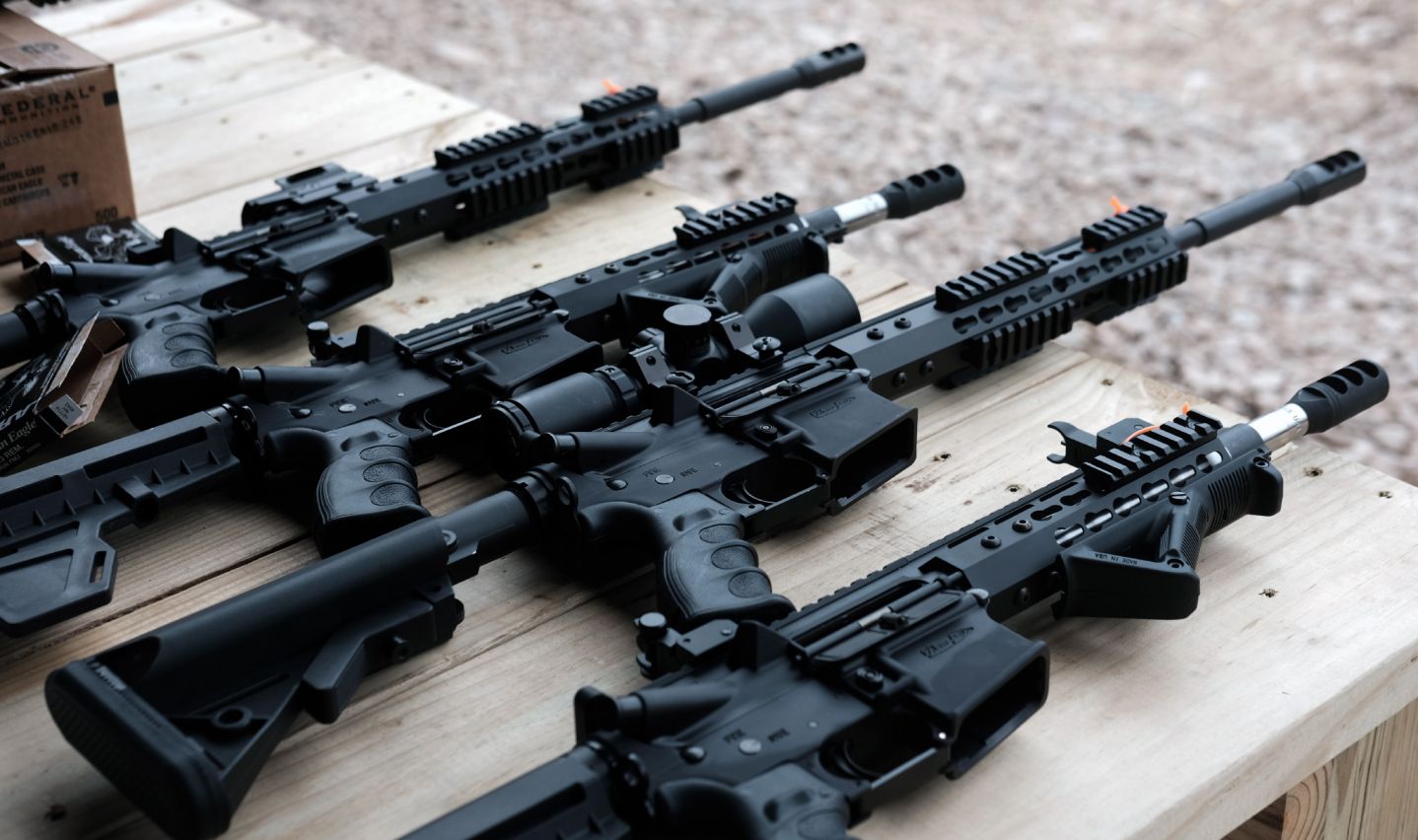 Scandale Nba Les Celebrations A L Arme A Feu D Une Star Mettent Sa Carriere Et Sa Famille En Peril
May 01, 2025
Scandale Nba Les Celebrations A L Arme A Feu D Une Star Mettent Sa Carriere Et Sa Famille En Peril
May 01, 2025
